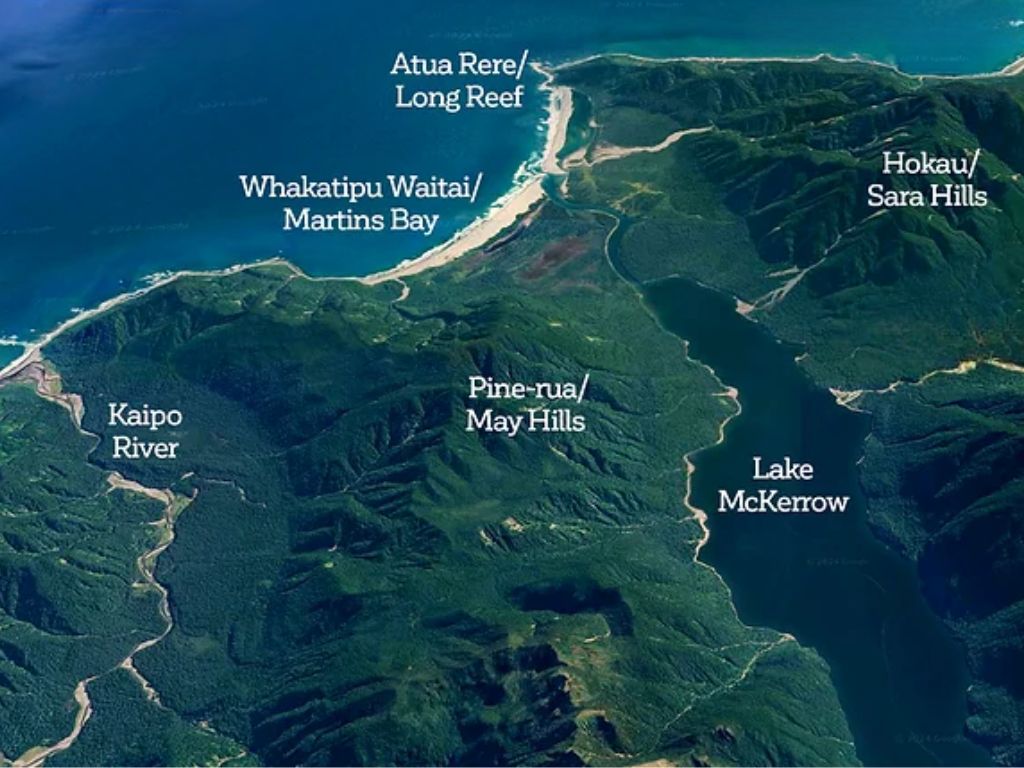A surprise population of rare whio (blue duck) has sparked the expansion of traplines in Fiordland’s isolated Kaipo Valley. But how can we lay and access 14km of traps with limited funding, no roads, walking tracks, or boat access?

It’s said if we can pull off predator control in Fiordland, we can pull it off almost anywhere.
No roads lead to Kaipo
The formidable obstacles of weather, isolation and rugged terrain are water off a duck’s back for the Hollyford Conservation Trust.
Running on crafty solutions, generous donors, and the grit of volunteers, the Trust is going “gangbusters” in protecting species in the lower Hollyford Valley. The discovery of whio (blue duck) in the neighbouring Kaipo Valley pushed the Trust to expand its 12,000-hectare trap network.
That expansion is in full swing, thanks to a partnership with the Recreational Backcountry Pilots Association (RBPA) and a $70,000 donation from the Hugo Charitable Trust.
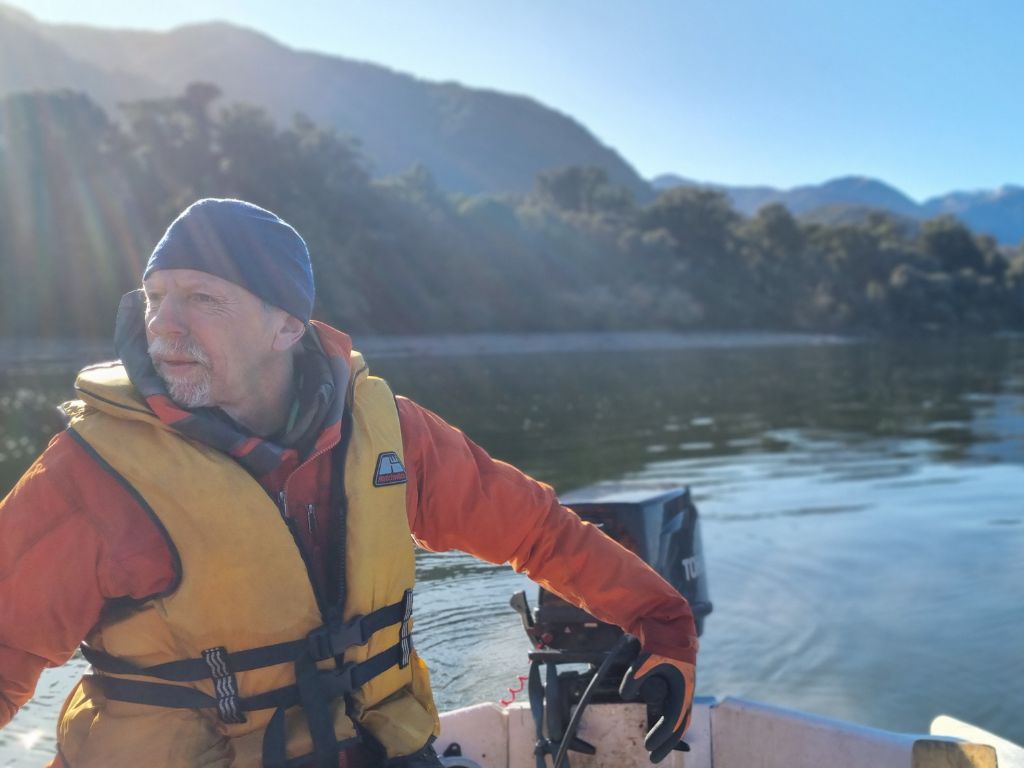
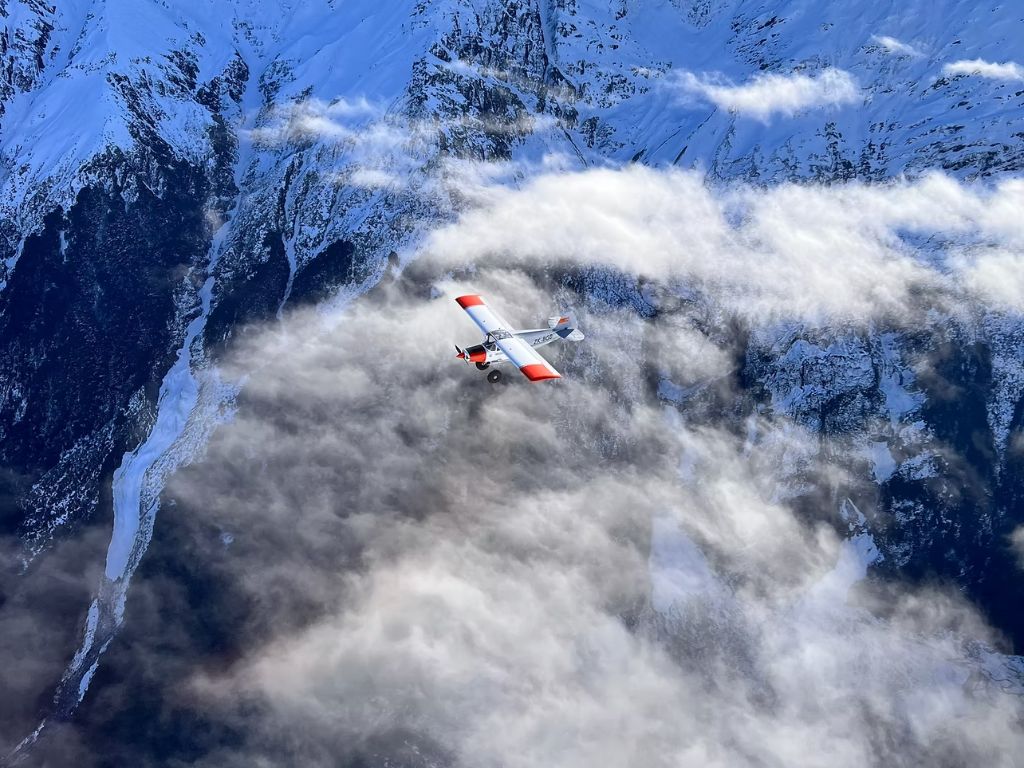
Using a 1960s airstrip originally carved out for venison recovery, small fixed-wing planes can ferry in volunteers and equipment.
Trust Chairperson Ron Anderson is humbled by the generosity that has made it possible:
“We face the constant battle of funding, particularly our transport costs, so we’re hugely appreciative of the support of the Backcountry Pilots Association, but also enormously grateful to the Hugo Charitable Trust, recognising the value of our work in this, one of the beautiful and extraordinary corners of Aotearoa, New Zealand.”
First steps for a lasting impact
The first field team faced icy extremes in August to establish the initial section of traps. This trapline will eventually stretch along both sides of the Kaipo River for 14 kilometres.
These traps targeting stoats will give some respite to nesting whio. Without stoat control, it’s not uncommon for all sitting females to be killed, leaving whio populations unbalanced.
The team met immediate encouragement on their first evening camped in the valley’s upper reaches when they spotted nine whio, including a family of five. It was a good reminder the cold, wet feet and heavy packs full of traps are worth it.
Whio are slate blue-grey ducks, found only in Aotearoa. A slow and insidious diminishment of their habitat in remote South Island areas is due to predators.
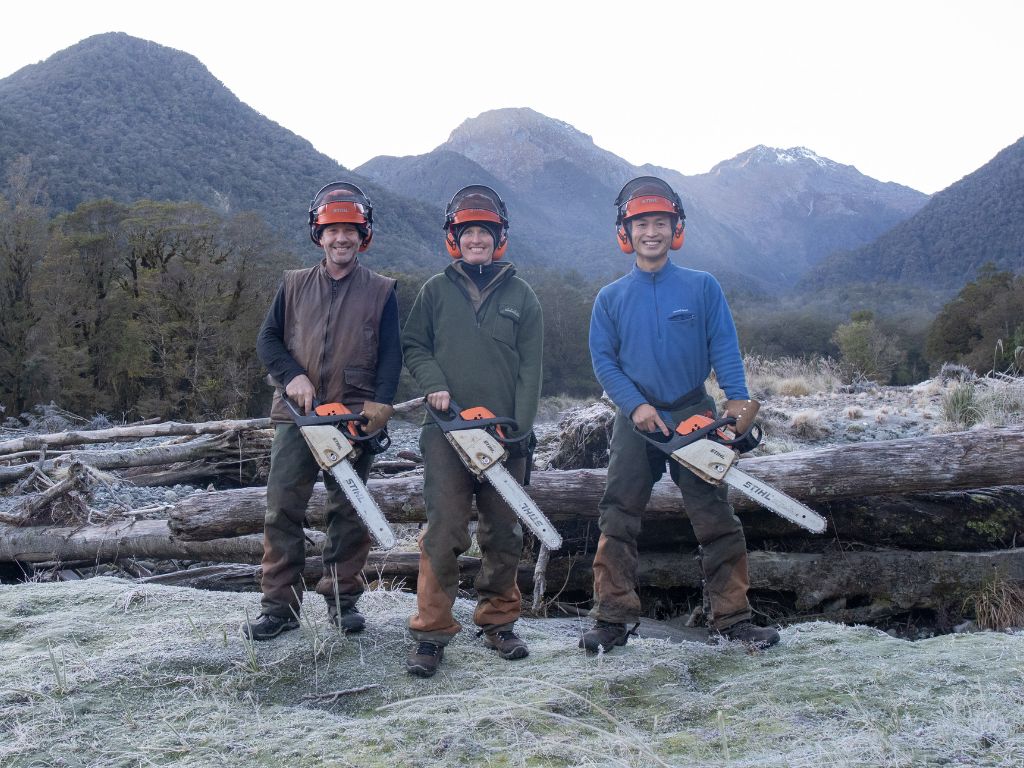
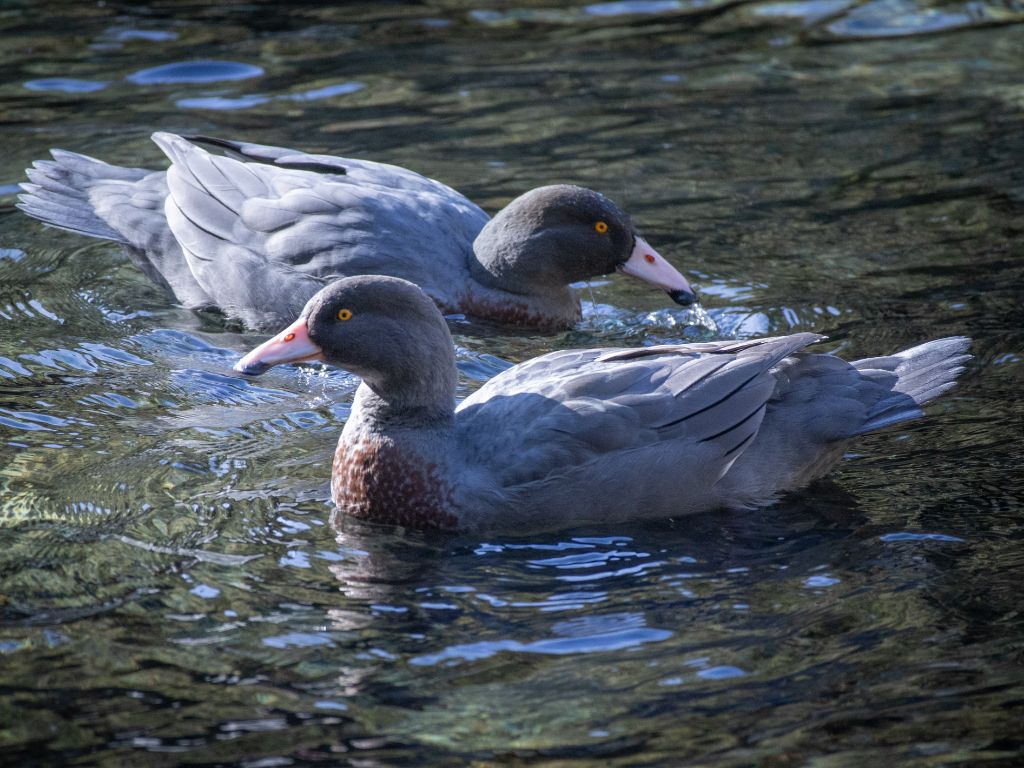
Whio join the growing list of endemic species benefiting from the Hollyford Conservation Trust’s work. In an area where ten years ago you would see 15-20 possums a night and stoats and rats had free run of the forest, native species are slowly reclaiming the land.
Matuku-hūrepo (bitterns) boom and mātātā (fernbirds) hide in the wetlands, translocated kakaruai (South Island robins) flit about the forest, and southern rātā have a chance to bloom. The Trust keeps meticulous records, cataloguing flora and fauna that are making a comeback as predator control efforts succeed.
The ace in the hole: volunteers
No matter how many thigh-high bogs they have to wade through or clouds of sandflies they must fight off, volunteers keep coming back.
While some are Fiordlanders, people from all over the country join operations manager Linsday Wilson on excursions to maintain the thousands of traps and bait stations.
It’s a tough gig, but the love for wilderness and the feeling of making a difference is unbeatable.
As Nigel Griffith, chairperson for the RBPA, puts it: “It’s a great opportunity for us to give back to these amazing areas of wilderness we all love and to support the work of the Hollyford Conservation Trust.”
